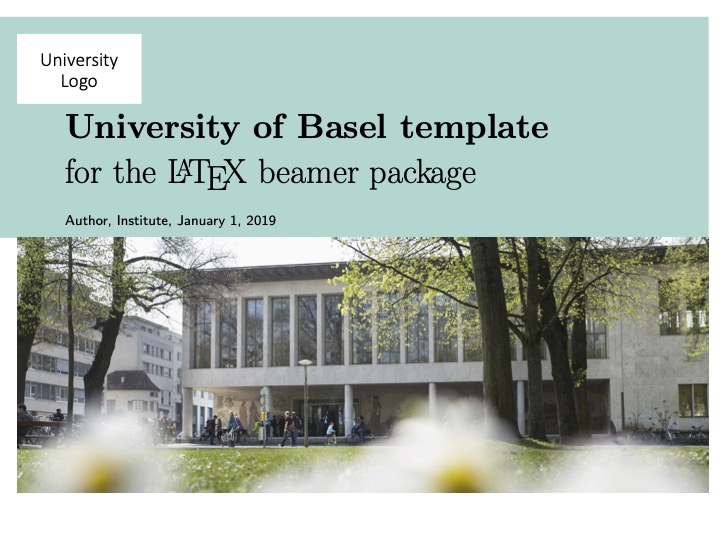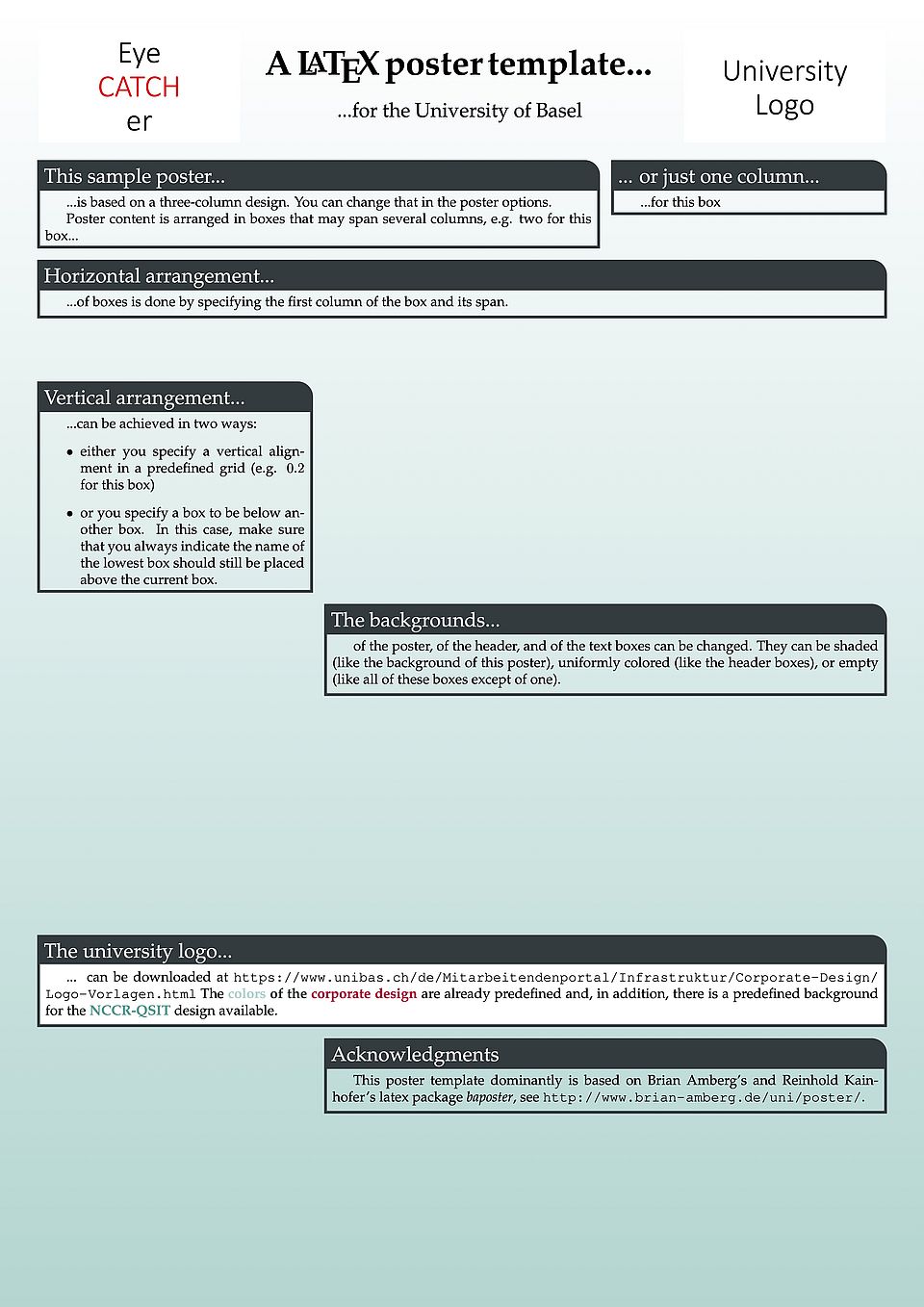Computer tools
This page is a collection of computer tools that I found helpful.
Color maps
Continuous color maps
Finding a color map for scientific visualization that looks aesthetically in color print, is black-and-white safe, and does not introduce artifacts in the plotted data is a non-trivial task. Fortunately, this question has already been addressed, for instance in the following publications:
-
Kenneth Moreland, Why We Use Bad Color Maps and What You Can Do About It.
Proceedings of Human Vision and Electronic Imaging 133, 1 (2016).
DOI 10.2352/ISSN.2470-1173.2016.16.HVEI-133
www.kennethmoreland.com/color-advice/ -
Kenneth Moreland, Diverging Color Maps for Scientific Visualization.
Proceedings of the 5th International Symposium on Visual Computing, p. 92 (2009).
DOI 10.1007/978-3-642-10520-3_9
www.kennethmoreland.com/color-maps/
-
Peter Kovesi, Good Colour Maps: How to Design Them.
arXiv:1509.03700
peterkovesi.com/projects/colourmaps/
On his website, Kenneth Moreland provides his articles, supplemental material, and links to related websites. Most importantly, you can download a collection of different color maps there, which can easily be imported in scientific plotting programs like gnuplot.
Discrete color maps
If you are just searching for a collection of different colors that fit nicely to one another, e.g. in order to color different graphs in a 2D plot, you may have a look at:- A collection of gnuplot palettes available on github. There you will also find a picture that gives you a quick overview over the different palettes.
- A nice tool to identify and export colors: colorbrewer.
- The Adobe color wheel: color wheel.
LaTeX beamer template
Unfortunately, the University of Basel does not provide templates for presentations using the LaTeX beamer package. This .zip archive contains my personal LaTeX presentation template that can be configured according to your needs. This introductory sample presentation gives you a glimpse on the possibilities of the template.
The template mimicks the corporate design of PowerPoint presentations of the University of Basel. The main colors of the corporate design are already predefined. For legal reasons, I did not include the University logo. However, you can download it here if you are a member of the University.
A modified version of the template which is adjusted to the corporate design of the University of Chicago can be found here. Again, you can download the University logo here if you are a member of the University.
LaTeX poster template
Unfortunately, the University of Basel does not provide templates for scientific posters in LaTeX format. This .zip archive contains my personal LaTeX poster template that can be configured in many ways according to your needs. This introductory sample poster gives you a glimpse on the possibilities of the template. Except for minor adjustments, the template is mainly based on the baposter package by Brian Amberg and Reinhold Kalkhofer.
The main colors of the corporate design of the University of Basel are already predefined in the template. For legal reasons, I did not include the University logo. However, it can be downloaded here if you are a member of the University.
If you are a member of NCCR QSIT, you may also use this package to create posters in the QSIT corporate design, since the QSIT background is already predefined. Again, the QSIT logo is not included.
PDF to X3 conversion for linux
Scientific posters can be printed at the University of Basel IT services. They accept only PDF files that satisfy the PDF-X3 standard in order to ensure a successful printing process. However, if you use a presentation application or TeX to create your poster, these programs may not be able to export a PDF-X3 file directly.
A possible way to generate PDF-X3 files is to use commercial applications that allow you to save a PDF directly to the required format. Another way for linux users is to use a combination of ghostscript and pdftk to convert a PDF file to PDF-X3.
The following .zip archive contains a shell script that performs all the necessary steps for you. Except for minor changes and a bugfix, it is mostly based on a script written by Axel Lode. To use it, unpack the .tar archive and install the packages ghostscript and pdftk using the package manager of your linux distribution. Type ./poster_convert.sh Name_of_the_poster.pdf and wait until a file Ready_to_print_X3_Name_of_the_poster.pdf has been generated.
Technical notes:
- The University of Basel IT services accept only files produced by ghostscript 9.10 (that's why there is a warning if you have other versions), but ghostscript versions 9.18 and 9.25 should also work.
- The script first removes some bugs in PDF files created by Apple applications, converts the PDF to X3 standard using ghostscript, and finally sets the creator/producer information in the PDF metadata to ghostscript 9.10 (irrespective of which ghostscript version you actually used) to ensure that the PDF file is accepted by the IT services.
Adobe Reader Error 131
Older versions of Adobe Reader are not able to open some PDF presentations generated using LaTeX beamer and display an error message There was a problem reading this document (131). This issue can be fixed by re-encoding the PDF using ghostscript. Assuming your presentation is called faulty_presentation.pdf, simply type the following command in a terminal:
gs -dSAFER -dBATCH -dNOPAUSE -sDEVICE=pdfwrite -sOutputFile=reencrypted_presentation.pdf faulty_presentation.pdf

